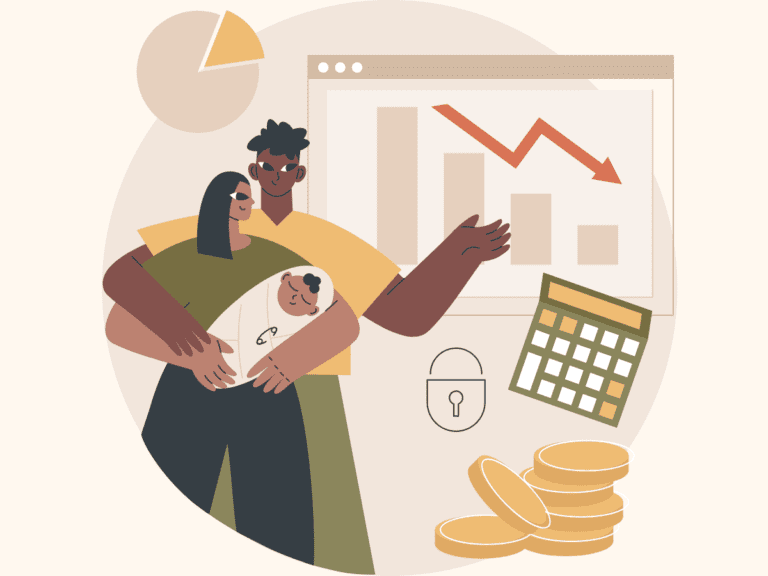Want to Be Effective In Saving For A Down Payment Start Doing This Today
Saving for a down payment on a house or apartment is a crucial step toward achieving the ultimate goal of homeownership. It can be daunting, especially in today’s economy, where housing prices have skyrocketed, but it is achievable with the right plan, determination, and creativity.
The amount needed for a down payment can vary depending on whether you want to buy a house or an apartment. A home typically requires a larger down payment than an apartment, usually around 20% of the purchase price.
This can be a significant amount of money, but it is essential to remember that the larger the down payment, the lower your monthly mortgage payments will be. On the other hand, apartments may require a smaller down payment, but the trade-off is that the monthly rent payments are typically higher.
However, saving for either is possible with the right plan and determination. It may require some sacrifices and creativity, but the end goal of homeownership is worth it. Whether you’re a first-time homebuyer or looking to upgrade to a larger home, saving for a down payment is essential to reaching your homeownership dream.
This post will guide you through saving for a down payment, from setting a savings goal to boosting your income and staying motivated. We’ll also discuss the difference between saving for a house vs. an apartment and the various strategies you can use to make your dream of homeownership a reality.
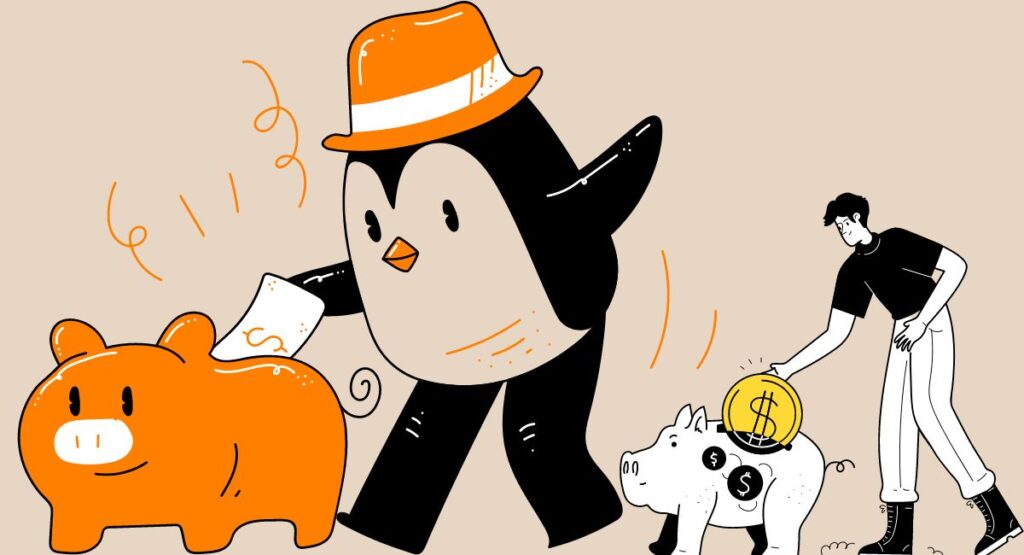
Setting a savings goal
A. How to calculate how much you need to save
The first step to saving for a down payment is determining how much you need to keep. The amount you need to save will depend on the price of the house or apartment you want to buy and the type of loan you plan to get.
For a traditional mortgage, you will typically need to put down 20% of the purchase price as a down payment. For example, if you want to buy a $300,000 house, you will need to save $60,000 for a down payment.
If you’re looking to buy an apartment, you can get away with a smaller down payment. Some apartments can be purchased with as little as 5% down, depending on the loan program you choose. For example, if you want to buy a $200,000 apartment, you will need to save $10,000 for a down payment.
B. Tips for setting a realistic savings goal
Once you know how much you need to save, setting a realistic savings goal is essential. Here are a few tips to help you do that:
- Break it down into smaller, more manageable goals: Instead of thinking about saving $60,000 for a house, break it down into smaller goals, such as saving $500 a month for the next 5 years.
- Be realistic about your timeline: Consider how much you can realistically save each month and how long it will take you to reach your goal.
- Prioritize saving: Make saving for a down payment a priority in your budget, and consider cutting back on other expenses to free up more money for savings.
- Be flexible: Remember that life happens, and you may need to adjust your goal or timeline. Be willing to make changes if necessary.
By setting a realistic savings goal and breaking it down into smaller, manageable chunks, you’ll be more likely to stay on track and reach your dream of homeownership.
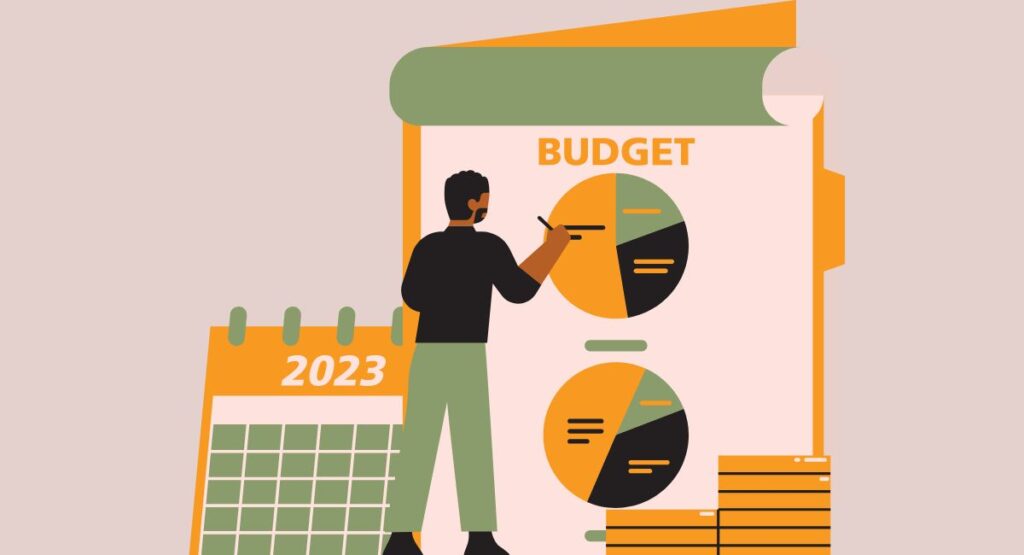
Making a budget
A. Prioritizing savings in your budget
Once you have set a savings goal, it’s time to create a budget that prioritizes saving for your down payment. A budget is a powerful tool to help you stay on track and reach your goal.
When creating your budget, include a line item for your down payment savings. This will help you see exactly how much money you need to save each month and give you a clear picture of your progress.
It’s also important to consider ways to increase your income, such as taking on a part-time job or freelancing. Even a slight income increase can significantly affect how quickly you reach your savings goal.
B. Cutting expenses to free up more money for savings
Once you have your budget in place, it’s time to start cutting expenses to free up more money for savings. This can be difficult, but it’s crucial if you want to reach your goal.
Start by looking for areas where you can cut back, such as dining out, entertainment, or subscriptions you no longer use. Look for ways to save on essential expenses, like grocery shopping, by using coupons and shopping sales.
Consider canceling or negotiating your bills, such as cable or internet, phone, or insurance.
Another way to free up money is to sell items you no longer need or use. This is a great way to make extra money and clear clutter simultaneously.
By prioritizing your savings in your budget and cutting expenses, you’ll be able to free up more money each month to put toward your down payment. Remember, every little bit counts, and it all adds up over time.
Boosting your income

A. Ways to increase your income
One of the most effective ways to reach your savings goal faster is to increase your income. Here are a few ways to do that:
- Get a part-time job: If you have some free time, consider getting a part-time job to make extra money.
- Start freelancing: If you have a skill that can be freelanced, such as writing, graphic design, or programming, consider offering your services to clients.
- Rent out a room: If you have a spare room, consider renting it out short-term to bring in extra money.
- Look for a raise or a better-paying job: If you’ve been at your current job for a while and have been performing well, consider asking for a raise or looking for a better-paying job.
B. Using bonuses, tax refunds, and other windfalls to boost savings
Another way to boost your savings is to take advantage of unexpected windfalls, such as bonuses, tax refunds, or inheritances. Instead of spending this money on non-essential items, use it to boost your down payment savings.
You can also put your tax refunds into a high-yield savings account, so it can earn interest while you’re saving up for your down payment.
By using bonuses, tax refunds, and other windfalls to boost your savings, you’ll be able to reach your goal faster and take the first step towards homeownership.
It’s important to remember that increasing your income and using windfalls can make a significant impact on your savings. By being creative and taking advantage of every opportunity to boost your savings, you’ll be well on reaching your goal.
Staying motivated
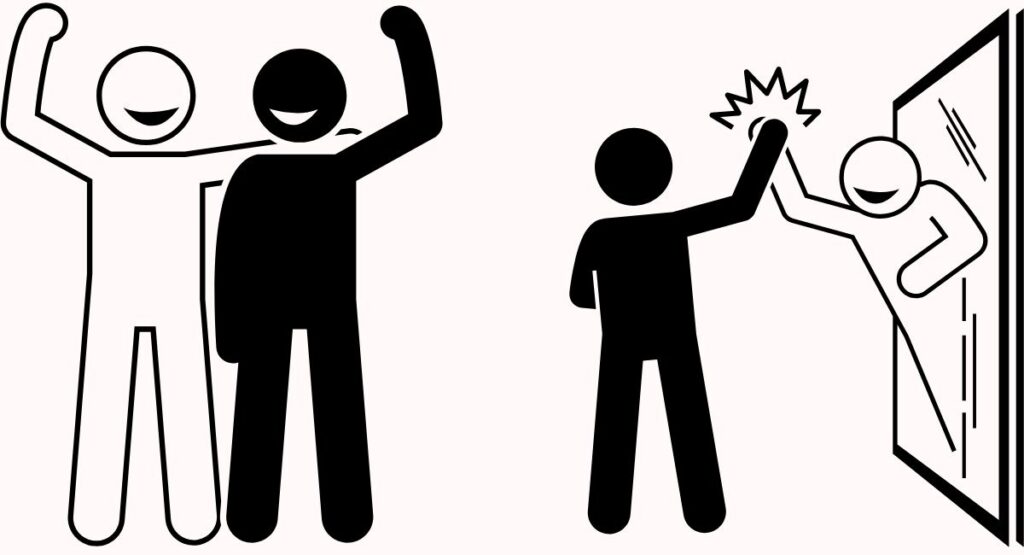
A. How to stay motivated while saving
Saving for a down payment can be long and challenging, and staying motivated is essential throughout the journey. Here are a few tips to help you stay motivated:
- Visualize your goal: Keep a picture of your dream home or apartment where you can see it daily. This will remind you why you’re saving and keep you motivated.
- Track your progress: Keep a record of your savings and track your progress over time. Seeing how much you’ve saved can be a great motivator.
- Set small, achievable goals: Break down your larger savings goal into smaller, achievable goals. This will help you focus on the short term and make it feel less overwhelming.
- Celebrate milestones: Celebrate small milestones, such as reaching a specific savings goal or paying off a credit card.
- Have an accountability partner: Share your goals with a friend or family member and ask them to hold you accountable.
By staying motivated and focused on your goal, you’ll be able to overcome any obstacles that may arise and take the first step toward homeownership.
B. Celebrating milestones and rewards
Celebrating milestones is a great way to stay motivated and recognize your progress. Celebrating small wins along the way is essential, such as reaching a specific savings goal, paying off a credit card, or even sticking to your budget.
Consider setting up a reward system for yourself, where you give yourself a small treat or reward when you reach a milestone. It could be something as simple as a movie night, a dinner out, or something more significant like a weekend getaway.
You can also celebrate by treating yourself to something you’ve wanted for a long time but couldn’t afford. This could be furniture for your future home, a new appliance, or even a new car.
By celebrating milestones and rewarding yourself, you’ll be able to stay motivated and stay on track toward your goal of homeownership.
Remember, saving for a down payment is a long-term goal, and it’s important to celebrate small wins and stay motivated throughout the journey. With the right mindset and determination, you can achieve your dream of homeownership.
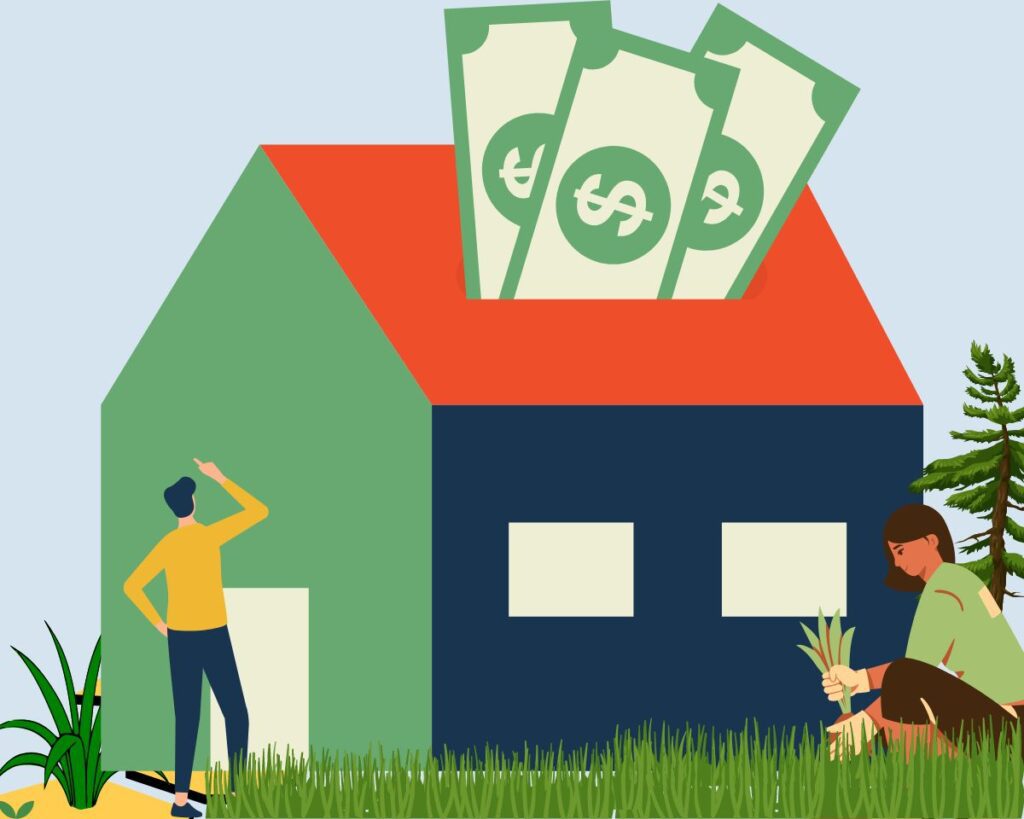
That’s A Wrap – Saving for a down payment.
Saving for a down payment is essential to achieving the dream of homeownership. It can be daunting, but it is achievable with the right plan, determination, and creativity.
We’ve outlined some critical steps to help you reach your savings goal, including setting a savings goal, creating a budget, boosting your income, and staying motivated.
The process of saving for a down payment can be long and challenging, but it’s crucial to stay the course and keep your eye on the prize. Remember that every little bit counts; staying focused and motivated will enable you to reach your goal faster.
It’s also important to remember that life happens, and you may need to adjust your goal or timeline. Be flexible, and don’t be discouraged if you hit a setback. Instead, use it to re-evaluate your plan and make any necessary changes.
Finally, keep pursuing your dream of homeownership. With the right plan and determination, you can make it a reality. Keep pushing forward, be bold, and ask for help or advice. With hard work and persistence, you’ll be able to reach your savings goal and take the first step towards homeownership.



